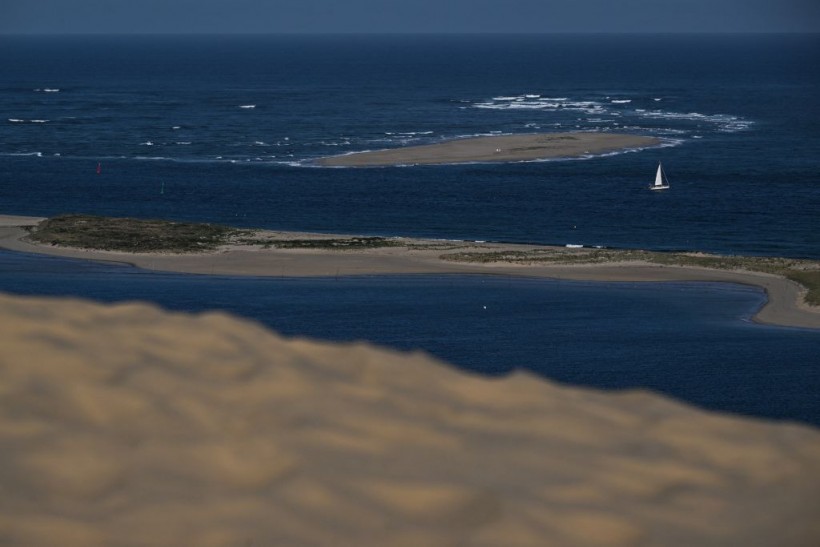Tidal flats are coastal habitats that are exposed at low tide and submerged at high tide, such as mudflats, sandflats, and salt marshes.
They are important for many reasons, such as providing food and shelter for wildlife, filtering pollutants and nutrients from runoff, buffering shorelines from erosion and flooding, and supporting fisheries and recreation.
However, these habitats are under threat from human activities and climate change, which can cause their loss or degradation.
A new study by researchers from the University of South Carolina and the University of California, Berkeley has quantified the extent and causes of tidal flat loss along the US coastline over 31 years.
How much and why tidal flats have been lost
 (Photo : PHILIPPE LOPEZ/AFP via Getty Images)
(Photo : PHILIPPE LOPEZ/AFP via Getty Images)

The study, published in the journal Nature Communications, used satellite imagery and machine learning to map the distribution and change of tidal flats along the entire US coastline from 1984 to 2016.
The study also used census data, land use data, sea level data, and wave data to analyze the drivers of tidal flat loss.
The results showed that the US lost about 8% of its tidal flats over the study period, equivalent to an area of 1,055 square kilometers or more than 200,000 football fields.
The study also found that tidal flat loss varied by region and habitat type.
For example, the Gulf Coast lost the most tidal flats (16%), followed by the Atlantic Coast (9%) and the Pacific Coast (6%). Mudflats were the most affected habitat type (11%), followed by sandflats (8%) and salt marshes (5%).
The study identified two main causes of tidal flat loss: coastal development and sea level rise.
Coastal development refers to the conversion of natural habitats to urban or agricultural land uses, such as buildings, roads, farms, or aquaculture.
The study found that coastal development was responsible for 61% of tidal flat loss, while sea level rise was responsible for 39%, and that tidal flat loss was more severe in areas with higher population density, higher land value, lower elevation, and higher wave energy.
Also Read: New Tidal Flat Study Is a 'Wake-up Call' for Coastal Cities in the United States, According To Study
How to protect tidal flats from further loss
The study provided practical recommendations for conservationists and policymakers who want to protect tidal flats from further loss.
The researchers suggested that the best way to conserve tidal flats is to prevent or minimize coastal development in or near these habitats, especially in areas with high ecological value or vulnerability.
According to the researchers, restoring degraded or lost tidal flats by removing or relocating structures, planting native vegetation, creating artificial reefs or breakwaters, or adding sediment is one way.
There is also an emphasis on the importance of adapting to sea level rise by allowing tidal flats to migrate inland as water levels rise.
This can be done by creating or maintaining space for tidal flats behind existing structures, such as seawalls or levees; removing or modifying structures that block tidal flat migration, such as roads or culverts; or relocating structures that are at risk of flooding or erosion.
The researchers also advocated for increasing public awareness and appreciation of the value and benefits of tidal flats, as well as their threats and solutions.
That means educating citizens about the role of tidal flats in supporting biodiversity, ecosystem services, and human well-being can increase their support for conservation actions.
The study concluded that by implementing these strategies, it is possible to reduce or reverse tidal flat loss along the US coastline.
Related article: Newest Tsunami Danger Maps Emphasize the Peril That 7 California Counties Face
© 2024 NatureWorldNews.com All rights reserved. Do not reproduce without permission.





